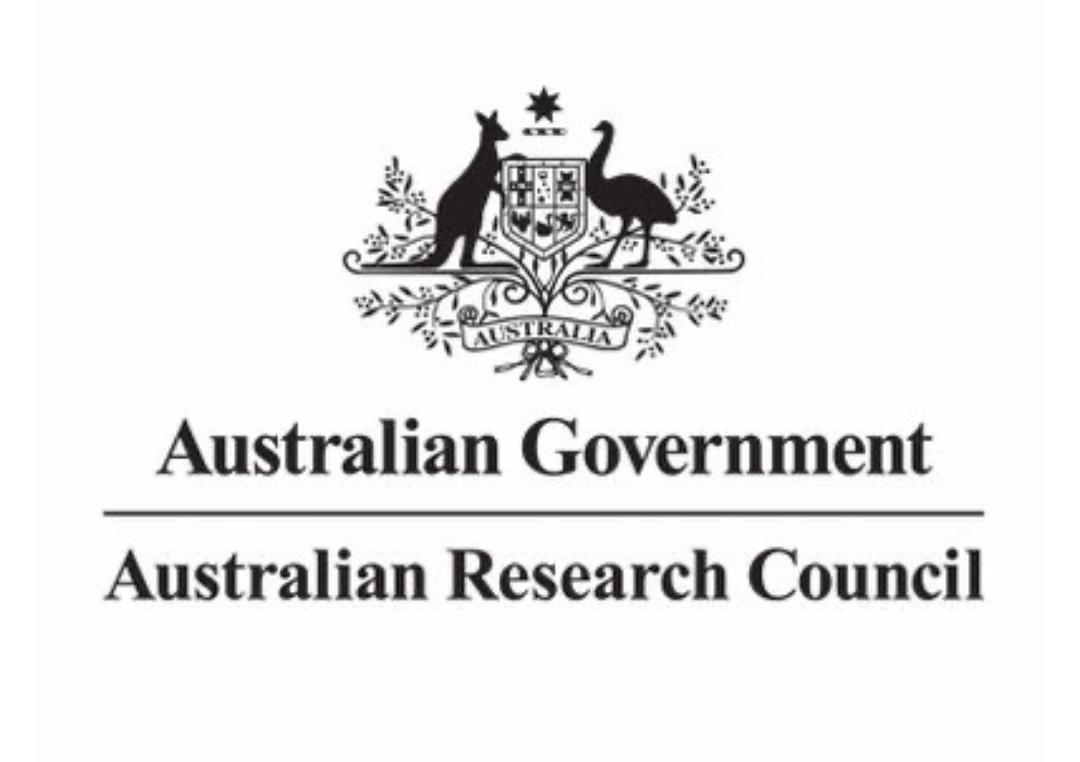Butterfly Diversity in the Campus area of University of North Bengal, West Bengal, India.
Exploring Butterfly diversity in North Bengal University.
DOI:
https://doi.org/10.51200/jtbc.v20i.4520Keywords:
Butterfly, Diversity, Checklist, Lepidoptera, North BengalAbstract
Butterflies play a crucial role as bio-indicators, signaling the health of ecosystems and biodiversity, making their conservation vital. The northern region of West Bengal in eastern India is renowned for its remarkable butterfly diversity. The University of North Bengal campus, spanning 315.99 acres at the Eastern Himalayan foothills (26°42′34.03″N; 88°21′14.96″E), is home to diverse flora and fauna. The surrounding area offers a variety of habitats, including forests, grasslands, tea gardens, and wetlands, which support numerous animal species. This study aimed to assess butterfly diversity in three distinct geographical sites within the university campus: the Tea garden area (dominated by tea and rubber plants), Salkunja (a forested area with a semi-perennial stream dominated by Sal trees), and Magurmari (an area with semi-perennial streams, ponds, ephemeral water bodies, paddy fields, and grasslands). Monthly butterfly observations were conducted from December 2021 to January 2023. The study documented 55 butterfly species from six families (Hesperiidae, Lycaenidae, Nymphalidae, Papilionidae, Pieridae, and Riodinidae), with Nymphalidae being the most prevalent and Riodinidae the least. Notably, the ecotone area of Magurmari exhibited the highest butterfly species diversity. Four species protected under the Wildlife (Protection) Act (WPA), 1972, were also identified. This research aims to analyze butterfly diversity in relation to their habitats and conservation needs within the university campus, contributing to the development of a concise checklist specific to this district for effective conservation efforts. The study underscores the significant butterfly diversity found on the campus, emphasizing the urgent need for focused conservation actions.
References
Brereton T, Roy DB, Middlebrook I, Botham M, Warren M. 2010. The development of butterfly indicators in the United Kingdom and assessments in 2010. Journal of Insect Conservation 15: 139-151.
Ghorai N, Sengupta P. 2014. Altitudinal Distribution of Papilionidae Butterflies along with Their Larval Food Plants in the East Himalayan Landscape of West Bengal, India. Journal of Biosciences and Medicines 2(1): 1-8.
Insect Identification Key: A Guide to the Insects. https://www.knowyourinsects.org/. (Electronic version accessed 21 June 2022).
Lindström SAM, Klatt BK, Smith HG, Bommarco R. 2018. Crop management affects pollinator attractiveness and visitation in oilseed rape. Basic and Applied Ecology 26: 82-88.
Mukherjee K, Mondal A. 2020. Butterfly diversity in heterogeneous habitat of Bankura, West Bengal, India. Journal of Threatened Taxa 12(8): 15804-15816.
Mukhopadhyay A, Biswa R, Khewa S, Prasad A, Basnet K. 2015. Guide to the Birds of North Bengal University Campus. Published by the Registrar: University of North Bengal, Darjeeling, West Bengal.
Pal A. 2017. Dragonflies and damselflies of University of North Bengal campus, West Bengal, India with new distribution record of Agriocnemis kalinga Nair & Subramanian, 2014. Journal of Threatened Taxa 9(12): 11067–11073
Pollard E. 1977. A method for assessing changes in the abundance of butterflies. Biological Conservation 12(2): 115–134.
Pradhan A, Khaling S. 2020. Butterfly diversity in an organic tea estate of Darjeeling Hills, eastern Himalaya, India. Journal of Threatened Taxa 12(11): 16521–16530.
QGIS.org, %Y. QGIS Geographic Information System. QGIS Association. http://www.qgis.org
Roy GC, Miah A, Roy S, Roy D, Kar D, Banerjee S, Gupta M. 2022. Diversity and abundance of butterfly as an environmental indicator at Dinhata Subdivision, Cooch Behar, West Bengal, India. Notulae Scientia Biologicae 14(1): 11156.
Smetacek P. 2017. A naturalist's guide to the butterflies of India, Pakistan, Nepal, Bhutan, Bangladesh and Sri Lanka. John Beaufoy Publishing Limited
Tiple AD. 2011. Butterflies of Vidarbha region, Maharashtra State, central India. Journal of Threatened Taxa 3(1): 1469-1477.
Westgate MJ, Tulloch AIT, Barton PS, Pierson JC, Lindenmayer DB. 2016. Optimal taxonomic groups for biodiversity assessment: a meta-analytic approach. Ecography 40: 539-548.
Downloads
Published
How to Cite
Issue
Section
License
BY: credit must be given to the creator.
NC: Only noncommercial uses of the work are permitted.
This journal provides open access to its content under CC BY-NC 4.0 on the principle that making research freely available to the public supports greater international collaboration and information exchange.












